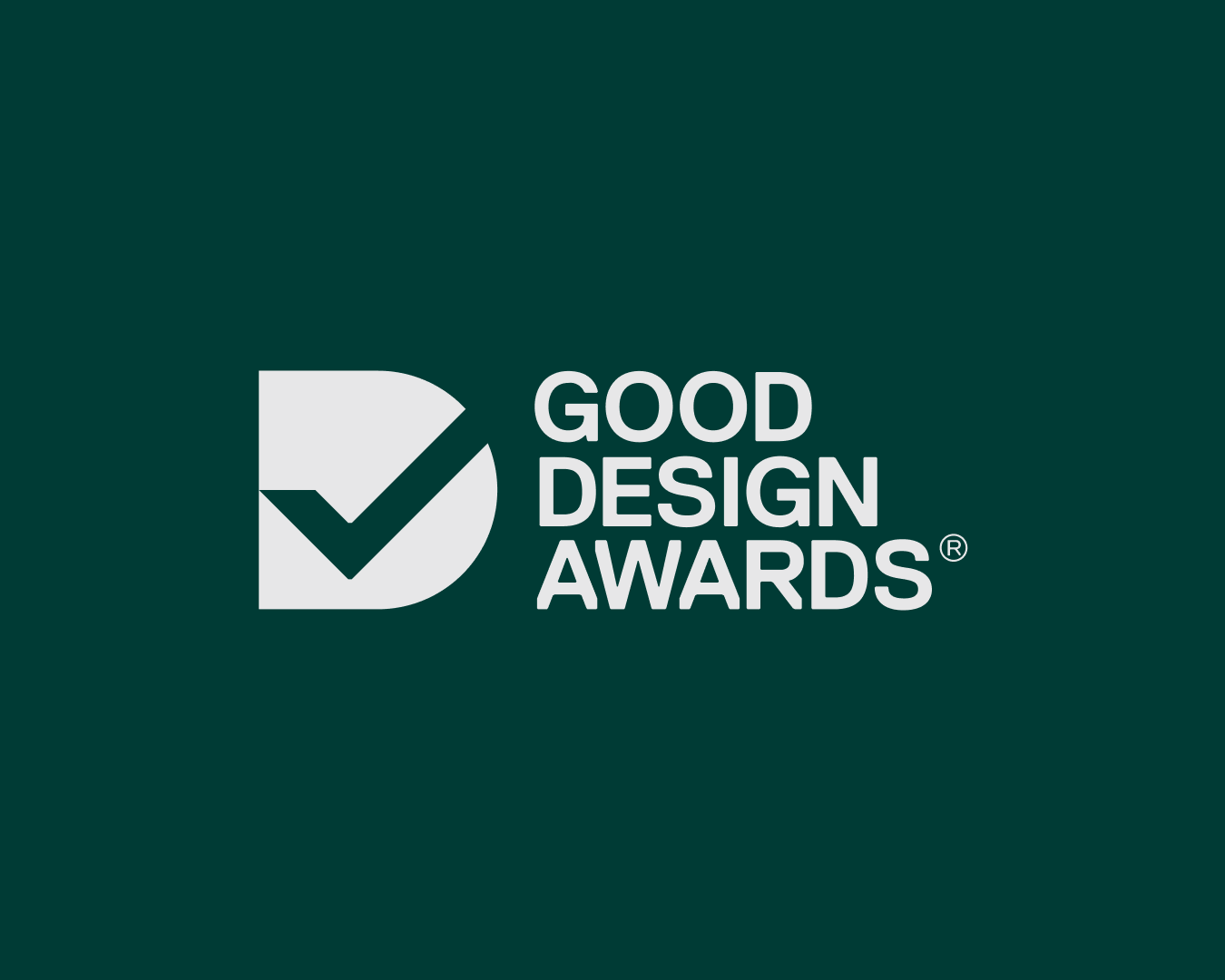

The healthcare technology and life sciences sectors are often at the forefront of technological innovation. Breakthroughs in artificial intelligence, precision medicine, and advanced materials drive a transformative future in these fields. From a design perspective, these advancements present unique opportunities: making technology more intuitive, optimizing workflows, and ensuring products meet the highest standards of usability and performance in real-world settings. When diagnostic machines are user-friendly and efficient, scientists can focus on critical tasks like data analysis and experimentation rather than on cumbersome setups. Similarly, intuitive medical instruments enable healthcare professionals to streamline their work, allowing them to focus more on patient care—where even small efficiencies can be the difference between life and death.
At Whipsaw, we’ve partnered with leading companies in the healthcare and life sciences sectors on a range of innovative projects, from DNA sequencing machines for PacBio and Element Biosciences to diagnostic equipment for Fluidigm (now Standard BioTools) and ThermoFisher. We’ve also worked on medical wearables for Ceribell and Empatica and developed surgical products for Imperative Care and Silk Road Medical. These experiences have allowed us to identify the key challenges and opportunities unique to this space, distilling them into a clear philosophy for designing life-changing products. Our approach provides a framework not just for current projects but for future product development efforts across the industry.
It goes without saying, but functionality is paramount in healthcare technology and biotech. Whether you're designing medical devices, biotech tools, or surgical products, a product’s ability to perform its critical function must come first. Everything else—including aesthetics—should serve that purpose. Poor design can lead to serious consequences, from misdiagnoses to life-threatening surgical errors. This is why it’s essential to prioritize usability, durability, and sustainability, ensuring the product meets stringent performance standards in real-world settings such as labs, clinics, and operating rooms.
“Pragmatism over style. It’s important to enter life sciences projects with an appropriate attitude, coming with a disciplined and logical approach when encountering product design problems instead of being too caught up with aesthetics.”
- Cole Derby, Director of Industrial Design
When approaching a design, deeply analyze the product's technical and functional needs. Whether it's the internal mechanical components of a medical device or the user workflows of a biotech tool, each detail impacts performance. Only once functionality is locked down should form come into play. Aesthetics—including shape, proportion, colors, and textures—should always enhance usability. In healthcare and life sciences design, form follows function.

Begin by focusing intensely on functionality. Understand the technical needs and environment in which the product will be used. Once perfect, let form and aesthetics serve the product’s usability and real-world performance.
Effective design in biotech, medical devices, and life sciences products isn’t built on assumptions—it’s built on deep, first-hand insight. Contextual inquiry, a core research method, allows you to observe users in real-world environments—a lab, surgery room, or clinical setting. By seeing how healthcare professionals, scientists, and technicians work within these environments, you can understand how lighting, layout, and even social interactions impact their use of equipment.
“[When designing medical devices or life science products], we have to research more and learn from the people who use the product. This means that we absorb more technical knowledge than we would for a consumer product. We become partial experts in the scientific application of the product.”
-Grace Budgett, Industrial Designer
This method also helps uncover unspoken behaviors, workarounds, and pain points that traditional interviews may miss. Whether a lab technician skips steps in diagnostic software or a surgeon adjusts a tool’s grip for comfort, these small actions often reveal significant design opportunities. By digging deeper into these behaviors, you can identify unmet needs and design solutions that make a tangible difference.

Leverage contextual inquiry to gather real-world insights. Observe how your product is used in its actual environment, and pay attention to small, unspoken behaviors that may reveal key opportunities for improving user experience.
Great design in healthcare technology, biotech, and life sciences products thrives on collaboration. It requires continuous interaction with those who understand the science and technology driving the product. Close collaboration with stakeholders—whether engineers, scientists, or healthcare professionals—helps bridge the gap between complex technical requirements and practical usability.
“Sometimes you have to push creative boundaries, but you always come back to the problem at hand and collaborate with engineers and users to make sure it’s solving the right issue.”
-Cole Derby, Director of Industrial Design
Collaboration should be a continuous process, not limited to occasional feedback. Foster a culture of regular critique sessions, feedback loops, and real-time adjustments. These interactions not only keep the project on track but also spark new ideas and challenge assumptions, leading to more innovative design outcomes.

Engage stakeholders from the start and maintain frequent collaboration. Create an environment where continuous feedback is encouraged. This will allow you to refine designs based on real-world input and improve outcomes as the project progresses.
Designing products for healthcare technology, medical devices, and biotech isn’t just about addressing today’s needs—it’s about shaping the future. These products save lives, improve patient outcomes, and change how healthcare professionals and scientists interact with technology. As design and technology continue to evolve, so do the opportunities to push boundaries and explore new possibilities in healthcare.
In every design stage, think beyond just functionality. Consider how the products you create today will lay the groundwork for future innovations. Whether working on a life-saving medical device or a cutting-edge biotech tool, your design can drive the next generation of healthcare solutions.